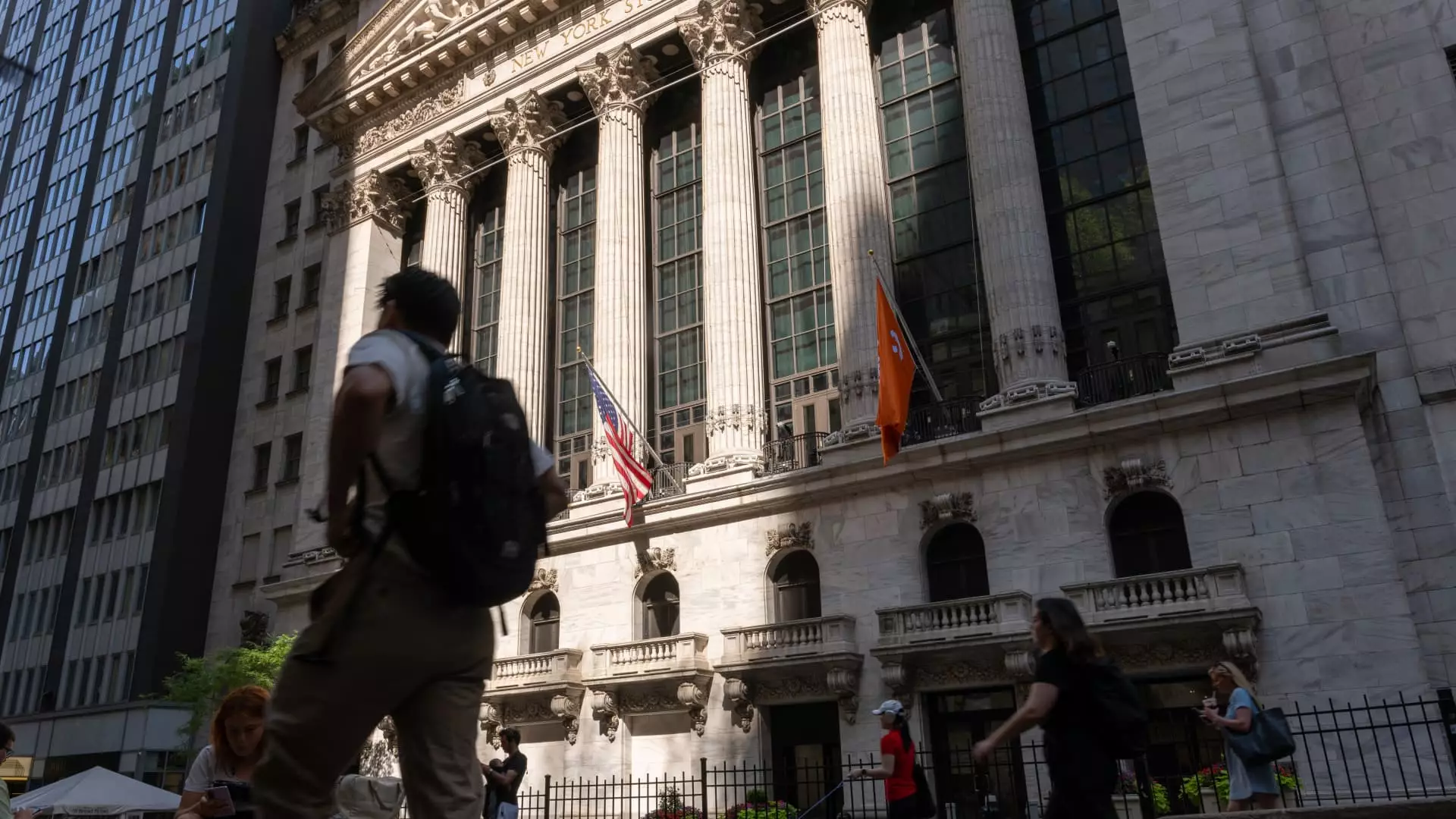The landscape of mergers and acquisitions (M&A) has shown remarkable resilience, bouncing back from a period of uncertainty sparked by the politically charged tariff policies under the Trump administration. Analyzing the current trajectory reveals that while challenges certainly exist, there are key reasons for optimism as we move through 2025. Dealmaking is not only a barometer of economic health but also a critical driver of innovation and competition in our free-market economy.
Market Volatility and Resilient Dealmaking
In the fragile pre-tariff climate, the M&A market appeared to be on the upswing. Investors were buoyed by a favorable business environment characterized by reduced regulatory burdens and rising equity prices. However, when the Trump administration unveiled new tariffs, the U.S. deal climate faced a moral avalanche. The immediate consequence was a sharp downturn in activity; for instance, a stunning 66% drop in deal values during the first week of April spoke volumes about the fear permeating the market.
Despite this upheaval, it’s crucial to recognize that market systems are designed to rebound. The pent-up demand for M&A is a powerful force. Companies are not merely sidelined; they are adjusting strategies to adapt to the new trade dynamics. The recent uptick in deal values, notably a surge to over $227 billion in March, indicates that, despite turbulence, the appetite for mergers and alliances remains intact.
Clarity and Its Critical Role
Equally critical is the notion of clarity in trade policy. Previously shrouded by ambiguity, the landscape has begun to crystallize, allowing stakeholders to recalibrate their expectations and planning. The M&A sector thrives on predictable regulations, which enable businesses to make well-informed decisions. Investors are gradually shaking off the market jitters as clarity emerges, allowing for a more optimistic outlook.
Analysts from organizations like Mergermarket highlight that as trade policies stabilize and equity markets revive, new opportunities for dealmaking will undoubtedly materialize. This assertion runs counter to the naysayers who advocate for a more cautious approach. Instead, it represents a call to arms for bold investors willing to seize emerging trends within various sectors.
Interest Rates and Special Situations M&A
In the current environment, the role of interest rates cannot be understated. High bond yields, driven by inflationary pressures, are imposing notable costs on financing, forcing companies to adapt their M&A strategies accordingly. Chief Investment Officers like Charles Corpening have identified a compelling trend: “special situations” deals could become the cornerstone of M&A activity moving forward. Incentives will likely shift towards smaller, more manageable transactions that can navigate the regulatory minefields with greater agility.
Investment firms are keenly aware that while larger transactions garner headlines, smaller deals might offer more strategic value while minimizing exposure to market volatility. This nuanced understanding may usher in a new golden age of M&A, one defined by strategic agility rather than sheer size.
Adapting to the New Normal
Adaptability is not just a buzzword; it is the mantra of modern business. The U.S. M&A landscape is populated by companies recalibrating their goals, such as Kraft Heinz, which has openly discussed divesting slower-growing brands. This type of strategic refinement illustrates the broader trend: businesses are no longer seeking to merely survive; they are looking to thrive in changing circumstances.
As consumer habits shift and economic challenges emerge, we are also witnessing legacy brands pivoting away from stagnation towards revitalization through targeted acquisitions. Companies like PepsiCo exemplify this approach by acquiring brands that resonate with the shifting consumer preferences, a strategy that not only enriches their portfolios but also reinvigorates their market position.
An Exciting Future of Dealmaking
The merger of innovative technology with traditional industries is likely to redefine competitive dynamics in the coming years. We have seen significant activity in high-profile industries, including telecommunications and technology, with multi-billion-dollar deals signaling an optimistic trend. This techno-industrial nexus is more than a mere coincidence; it reflects a strategic alignment of expertise intended to create greater efficiencies and foster new avenues for growth.
Ultimately, the positivity surrounding M&A activity is not just a fleeting sentiment. It encapsulates the resilience and adaptability inherent in the U.S. business landscape. By embracing the changing tides and focusing on innovative, flexible, and strategic partnerships, companies stand poised for a thrilling trajectory that promises to reshape the fabric of their respective industries in vibrant new ways.

